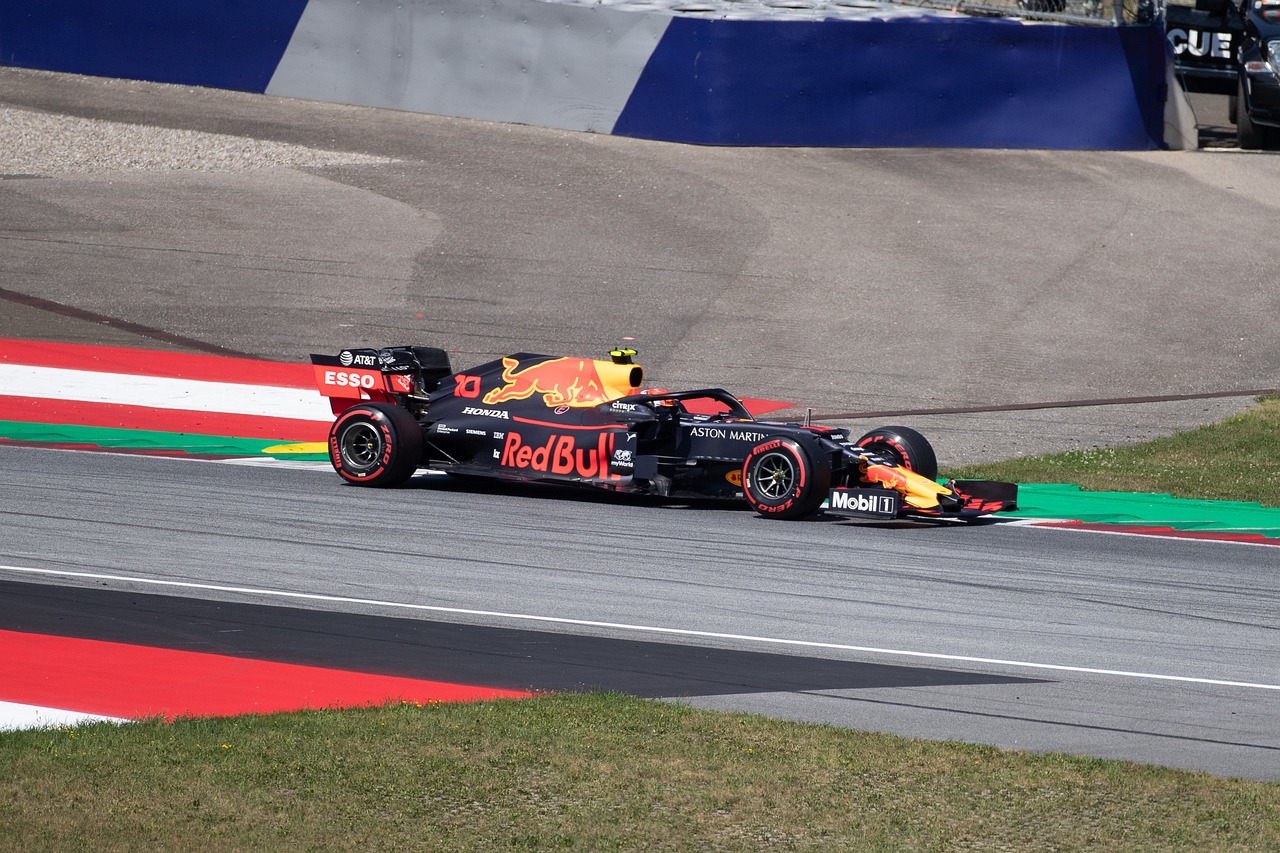Introduction
Reading F1 lap times can be a tricky business, especially if you’re not familiar with the intricacies of the sport. From deciphering abbreviations to understanding industry jargon, it can be difficult to keep up with all the numbers and terminology that comes along with following Formula 1 racing. But don’t worry – once you understand how to read F1 lap times, it’s not as complicated as it might seem!
What are Lap Times?
Lap times in Formula 1 refer to the time taken for a driver to complete one full circuit around the track. These lap times often determine who wins or loses races and provide useful insights into which cars have better performance levels than others over certain stretches of a racecourse. While some drivers may choose to take more risks on their laps in order to achieve faster speeds, ultimately, their success will depend on their ability to find a balance between speed and accuracy when driving around tight corners or difficult sections of a course.
How Are Lap Times Measured?
F1 lap times are typically measured by timing systems installed at strategic points throughout each track such as start/finish lines and corner apexes. As each car passes through these checkpoints during its respective lap, its total time is recorded electronically so that teams can make comparisons among different cars’ performances throughout an event or season-long competition. Additionally, this data is also used by commentators and analysts when analyzing strategy choices made by drivers while they’re out on track – e.g., whether they took higher risk maneuvers in exchange for improved speed or instead opted for safer routes which resulted in slower overall completion times.
Interpreting Lap Times
Once your team has collected all relevant data from an event’s timing system, you will need to interpret this information correctly if you want to understand how well each driver performed relative to other competitors. This involves converting raw lap time figures into “Delta” values – that is, the difference between two laps’ finishing times. With Delta values, it is much easier to get an accurate picture of who had the fastest lap times, as well as any potential trends or outliers across multiple laps per competitor. In order to wrap things up neatly and present final results in easy-to-read formats (such as tables or graphs), teams may also use specialized software tools for data analysis purposes – which makes faster work of crunching numbers and helps streamline report production processes too!
Conclusion
Although reading F1 lap times can appear daunting at first glance, it hopefully becomes easier once you understand how each part works together to create an overall picture of performance levels across drivers and events alike. By taking advantage of timing systems while analyzing data with specialized tools, you should be able to quickly find out who had the fastest time within the context of a particular race or event – making your job as a spectator or analyst much more enjoyable in general!

